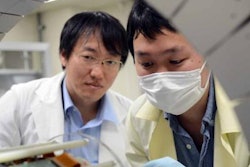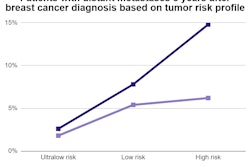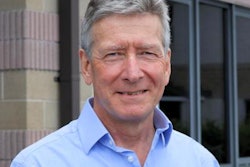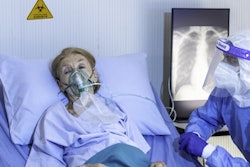Dear AuntMinnieEurope Member,
A few months ago, the acronym WFH was rarely used. Now it's pretty ubiquitous, and many people know it stands for working from home.
Reliable figures are hard to find, but a large proportion of European radiologists appear to have worked from home during the pandemic -- at least during part of their working week. This makes sense, but it does have serious drawbacks, says Dr. Giles Maskell. He's concerned about the idea of giving trainees home-reporting workstations, and in a thought-provoking column, he has also shared his views about the future of congresses.
Predicting which COVID-19 patients will require extra oxygen can be extremely useful, and artificial intelligence is making progress in this area. Don't miss our news story about a deep-learning algorithm that's showing great promise. Visit the Artificial Intelligence Community to read more.
COVID-19 has also had a substantial impact on breast imaging. A lively panel discussion addressed this topic at the recent European Breast Cancer Conference, and we've summarized the key points for you in the Women's Imaging Community.
The pandemic has made many patients reluctant to attend hospital appointments, so it's easy to see the attraction of building up a network of community diagnostic centers. A new report has also recommended a large expansion in England's CT scanning capacity, as well the training and recruitment of more radiologists and radiographers. For this and similar stories, go to the CT Community.
It's important to keep dreaming during tough times, and Sunday's keynote session at the the French national radiology congress, Journées Francophones de Radiologie, about imaging of space certainly provided some much-needed escapism and welcome relief. Félicitations aux organisateurs!



















